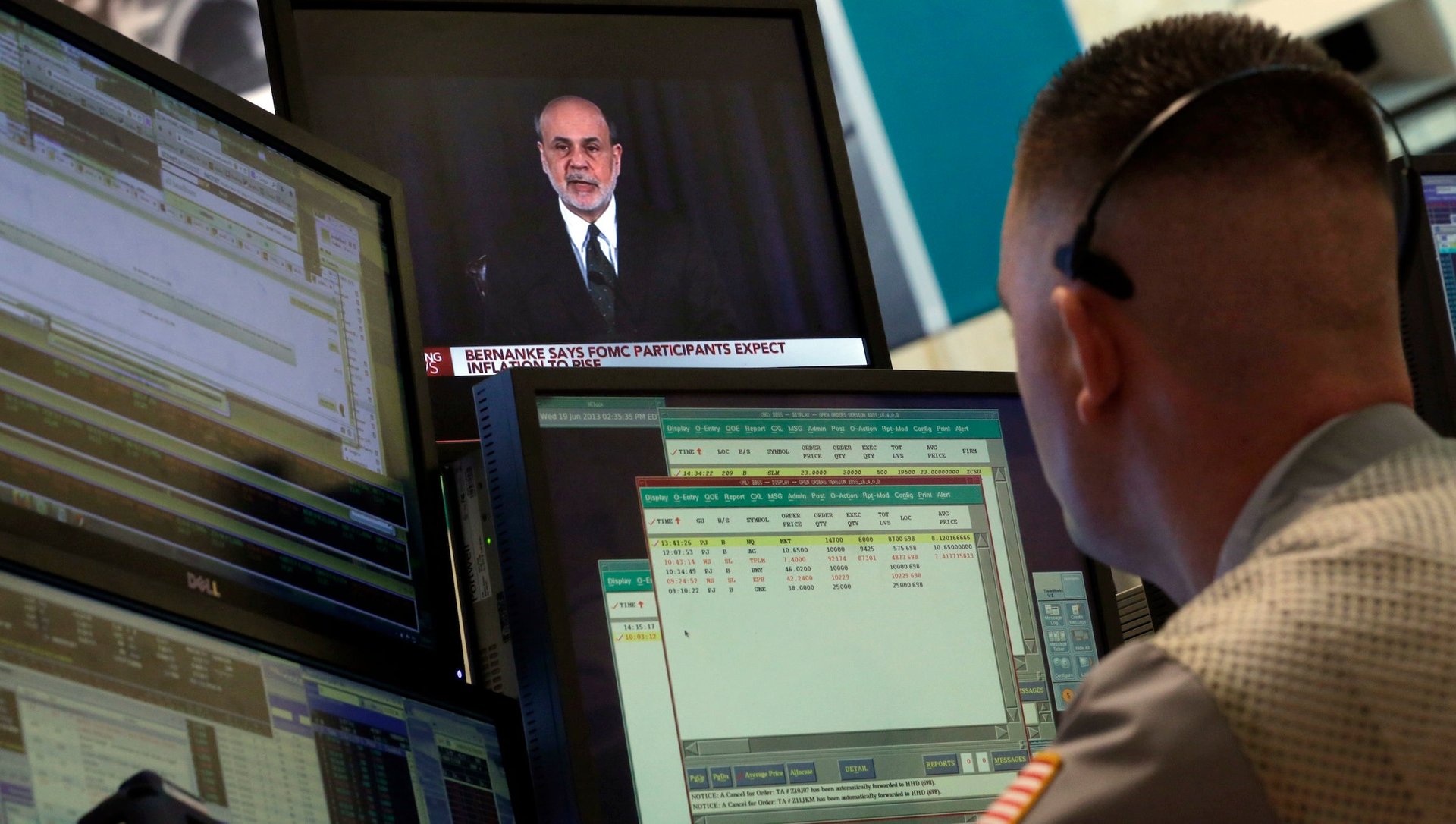These days, a good IPO strategy requires keeping tabs on Ben Bernanke
IPOs in the US have been on a roll this year, with companies on track to raise the most money by going public since the financial crisis. But recent market volatility, sparked partly by hints that the US Federal Reserve will wind down its quantitative easing program, is starting to take its toll.


IPOs in the US have been on a roll this year, with companies on track to raise the most money by going public since the financial crisis. But recent market volatility, sparked partly by hints that the US Federal Reserve will wind down its quantitative easing program, is starting to take its toll.
Some recent examples: Hardware and software vendor CDW Corp. lowered its IPO price range to between $17 and $18 a share, down from the $20 to $23 range it previously suggested. Industrials firm HD Supply also lowered its IPO range to between $18 and $20, after considering a maximum of $25 a share. Both CDW and HD Supply are expected to price their IPOs today. Gogo Inc, which offers in-flight wifi access, saw its shares drop in its market debut by 6% last week and is now down by about 13% from its IPO price.
Not only do sinking IPO prices weigh on how much money other pending IPOs can raise, they also weigh on US economic growth, since many firms use the proceeds of their IPOs to expand. If the volatility lingers or gets worse, companies may start delaying their public offerings. Markets were up today after US GDP was revised downward to 1.8% from 2.4% in the first quarter, but there’s no telling how markets will react to future news from the Fed.
For companies mulling the timing of their public offerings, there are two schools of thought: go public early to avoid future volatility caused by Fed tapering, or wait until after tapering begins and markets stabilize. Either way, companies will be sifting through the tea leaves for the Fed’s next move.